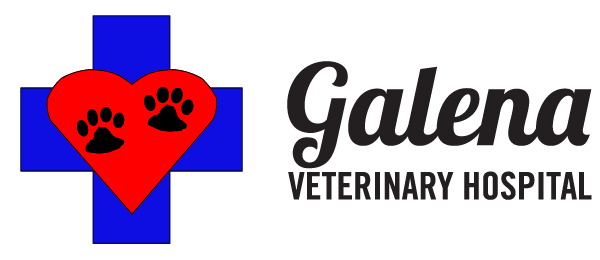Educational Articles
-
Addison’s disease is caused by the decreased release of the hormones cortisol and aldosterone from the adrenal cortex. Most commonly caused by immune-mediated destruction, Addison’s disease can also be caused by trauma, infection, neoplasia or hyperadrenocorticism treatment. Clinical signs are non-specific and often come and go. The most definitive diagnostic test for Addison’s disease is the ACTH stimulation test.
-
Addison’s disease, also known as hypoadrenocorticism, is a condition in which the adrenal glands do not produce enough glucocorticoids (steroids) and is considered rare in cats. When normal adrenal gland tissue is destroyed, cats often have a history of waxing and waning periods of lethargy, decreased appetite, and weight loss.
-
Lipomas are common, usually harmless, tumors of fat that usually show up as a lump under the skin in middle-aged to older animals. Some pets will develop these tumors in their armpit region, between their legs, or around the neck, which can cause discomfort and/or lameness. You may see your pet exhibit an irregular gait, and/or reluctance to stand, walk upstairs, or go for their normal walks. This handout reviews the diagnosis, treatment, and prognosis of lipomas.
-
An adrenal cortex tumor is an abnormal growth of cells in the adrenal cortex. These tumors result in overproduction of cortisol and can be malignant (cancerous) or benign. In both cases, an adrenal cortex tumor can cause Cushing's disease in dogs. Malignant tumors can metastasize to other organs, including the kidneys, lymph nodes, and thyroid gland. The sooner a diagnosis and treatment plan can be determined, the better the outcome for your pet.
-
The adrenal medulla is responsible for producing hormones such as epinephrine, norepinephrine, and dopamine. An adrenal medulla tumor is the result of abnormal, uncontrolled growth of the cells that produce these hormones. These tumors may go undetected for a long time and clinical signs may be subtle. These signs could include weakness, excessive panting and restlessness, newly noted anxiety, and an increase in drinking and urination. The biggest concern with these tumors is their ability to continue to grow and invade local tissues, which can make surgical removal difficult or impossible.
-
Afoxolaner is a chewable tablet used to treat and prevent flea and tick infestations in dogs. It has also been used off-label to treat certain types of mange and mites. Give as directed by your veterinarian. Side effects are uncommon but may include stomach upset or neurologic symptoms. Do not use in pets with a history of seizures. If a negative reaction occurs, please call the veterinary office.
-
African greys are vulnerable to both calcium and/or vitamin A deficiencies, as well as obesity. Feeding a well-balanced diet and making sure your parrot consumes the proper proportions of foods offered will help prevent the development of these conditions. Pellets are the ideal food for your pet African grey and should represent approximately 75-80% of your bird's diet. The remainder of the diet should be comprised of fresh fruits, vegetables, and a small amount of seed (if any).
-
African grey parrots are highly intelligent birds and are now commonly bred in captivity as pets. The African grey has a charming personality and is recognized as one of the best talkers among all pet parrots. It is important to keep these smart birds busy, as boredom can lead to problems, such as feather picking and screaming. African greys require regular, preventative veterinary health checkups.
-
Aggression may be defined as any threat or harmful behavior directed toward another individual or group. Aggression in dogs commonly includes body language or threat displays such as a hard stare, growling, barking, snarling, lunging, snapping, and/or biting. There are many different categories or types of canine aggression including territorial, possessive, maternal/protective, pain-related, predatory, frustration, social conflict-related, sexual, disease-related, and fear- or anxiety-related aggression. The most common presentation of aggression is fear or anxiety motivated. The treatment of aggression will depend on the cause of aggression. Aggression should first be discussed with your veterinarian regarding the most appropriate treatment.
-
Territorial behavior is a normal canine behavior, though territorial aggression can result in injury to a person or animal. Many dogs that exhibit territorial aggression have an underlying fear or frustration that contributes to their level of arousal. Territorial aggression may be preventable if recognized and addressed early.
